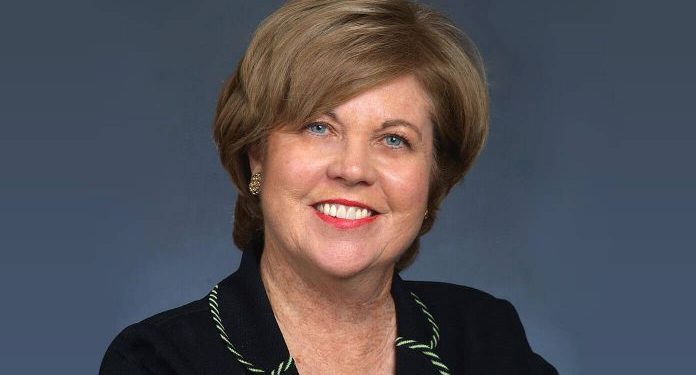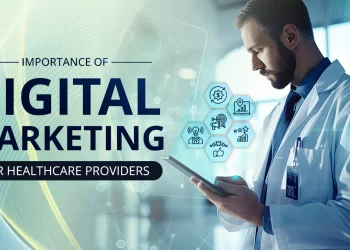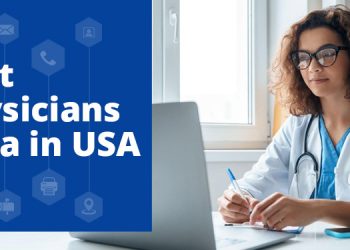The future quality, cost-efficiency, and sustainability of the American healthcare system are heavily dependent upon data or, more specifically, how we utilize data to improve health outcomes, reduce the cost of care delivery, and open the door to new advances in biomedical and technological innovations. In short, an optimal healthcare future is tied to how successfully and how soon we can make health information interoperable and more easily accessible.
In so many respects, healthcare has lagged behind other industries in utilizing data to improve the lives of Americans. Consumers can change cell carriers without having to get a new mobile phone number. We can check our account balances and withdraw money even if we’re not using an ATM owned by our own bank. In so many aspects of our lives, information flows across institutional lines to serve our purposes and bring us greater convenience.
This needs to happen in healthcare. Americans don’t receive their care from a single provider. Far from it. We interact with primary care doctors, specialists, hospitals, clinical labs, pharmacies, insurers and more. Today, in terms of electronically exchanging data, these entities do not always talk to each other and they’re going to need to if we’re to reach the goal everyone wants – high-value, high-quality, safe, cost-effective, patient-centered care.
That’s not to say there hasn’t been progress over the last several years. Ninety percent of hospitals and roughly half of office-based physicians are electronically sending and/or receiving patient health information to and from providers outside their organizations. More individuals are able to access their health information digitally and are regularly doing so on their smartphones. And the federal government has made important contributions to this effort. In early 2019, the Centers for Medicare and Medicaid Services and the Office of the National Coordinator for Health Information Technology developed new rules to support the access, exchange, and use of health information.
But there is still much more to be done.
In 2018, my organization, the Healthcare Leadership Council joined with the Bipartisan Policy Center and researchers at the University of California, San Francisco in an initiative that involved extensive and broad-reaching interviews with leaders from every sector of healthcare. The goal was to identify the barriers standing in the way of systemwide health data interoperability and to elicit the most effective strategies for removing them.
This has led to a number of recommendations that we issued in early 2019 and on which we are pursuing implementation. These include, but are not limited to:
- Aligning financial incentives among healthcare payers and providers, and among providers and their technology partners (electronic health records systems and clinical software developers) that would lead to the incorporation of baseline expectations for interoperability and information sharing in contract language and payment incentives.
- Adopting common baseline standards to improve patient matching, to make certain the right patient is getting the right treatment at the right time, all the time.
- Pursuing rapid adoption and implementation of open standards-based application programming interfaces (APIs) to accelerate interoperability and information sharing.
- Establishing a common notice of information access – developed in collaboration with healthcare organizations, federal policymakers, and consumer groups – to help patients understand how they can access their health data.
- Collaborating with the federal government to develop a nationwide report card to monitor interoperability progress on an annual basis.
It is impossible to overstate the potential that is before us. It is difficult to even comprehend the sheer magnitude of data that exists in physician offices, hospitals, clinics, laboratories, pharmacies, health plans, and home care providers, not to mention the increasing number of wearable devices through which patients are transmitting their own real-time health information. Some have projected that 30 percent of all the data in the world is health-related.
If we can harness that information, make it more sharable, interoperable and, thus, actionable, in conjunction with ensuring appropriate privacy and security safeguards, we will greatly strengthen our ability to develop a healthcare system that provides better care and enables longer and healthier lives for our population. We’re moving in the right direction today. We just need to put our foot on the gas.
Mary R. Grealy is president of the Healthcare Leadership Council, a coalition of chief executives from all sectors of American healthcare.

Mary Grealy
Mary Grealy is president of the Healthcare Leadership Council, a coalition of chief executives of the nation’s leading healthcare companies and organizations. The HLC advocates consumer-centered healthcare reform, emphasizing the value of private sector innovation. It is the only health policy advocacy group that represents all sectors of the healthcare industry. She was appointed to the position in August 1999. She previously served as Washington Counsel for the American Hospital Association and was Chief Operating Officer and Executive Counsel for the Federation of American Hospitals.
Ms. Grealy has an extensive background in healthcare policy. She has led important initiatives on the uninsured, improving patient safety and quality, protecting the privacy of patient medical information and reforming the medical liability laws. She testifies frequently before Congress and federal regulatory agencies. Ms. Grealy has a bachelor’s degree from Michigan State University and a law degree from Duquesne University.







